Information
Tibetan treasures
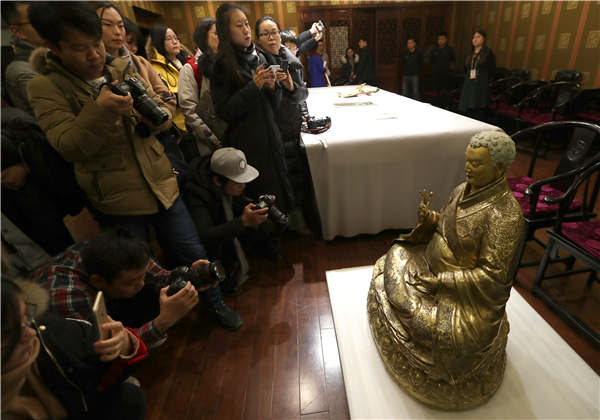
Capital Museum in Beijing is to start its Chinese New Year celebrations with a major display. Wang Kaihao reports.
The Capital Museum in Beijing is all set to hold one of the year's most anticipated exhibitions.
Cultural relics from museums and temples in the Tibet autonomous region and four other provinces have been borrowed for the Tibetan History and Culture display that will run from Feb 27 to July 22.
The show will provide a view of the rich culture, long history and aspects of daily life in Tibet, in addition to Tibetan Buddhism, which has been the main focus of such exhibitions in the past.
"The exhibition will help people from the rest of China to know more about Tibetan culture," says Han Zhanming, director, Capital Museum.
"It will also help people understand how the country's different ethnic groups get united with diversity."
While the exhibition catalog has yet to be released, a glimpse of several selected items at the museum's warehouse, opened to media on Monday, showed that it will be full of surprises.
For example, a statuette of Gautam Buddha from the 8th century shows Tibet's communication with other civilizations.
The statuette is from the early age when Buddhism was established as the dominant religion in Tibet, and shows the typical art style of Gandhara, an Indo-Aryan area in ancient South Asia, says Zhang Jie, curator of the exhibition.
"And, it showcases artistic styles from India's Gupta period," Zhang says. "Lines on the Buddha's face also show Greek influence."
Two other exhibits from the third century-a gold mask and a piece of silk-showcase the lesser-known Zhangzhung kingdom in today's Ngari prefecture in Tibet.
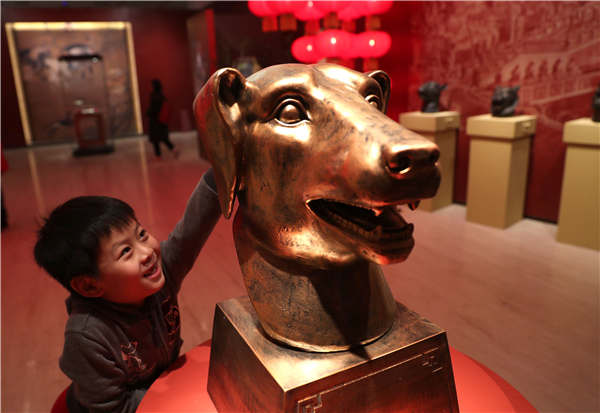
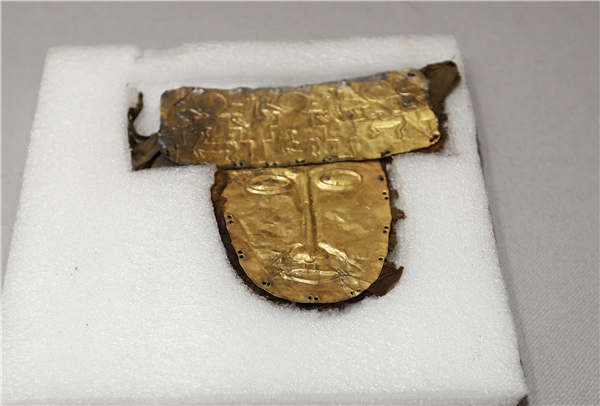
The piece of silk features Chinese characters wang hou (prince and marquis), which Zhang says shows a close link between Tibet and other places in China at the time.
Both exhibits are from archaeological discoveries in recent years.
Zhang also says there are exhibits that have never been shown publicly before, like the earliest tea leaves in China, and some documents showing how the Qing Dynasty (1644-1911) emperors helped locals in Tibet to construct infrastructure, fight against foreign invaders and improve livelihoods.
"Some people have a wrong idea that Tibet was a relatively inaccessible place due to the high altitude and harsh geographic conditions," he says.
"These exhibits can correct the misunderstanding to indicate an ancient Silk Road route on the plateau."
A silver kettle from Lhasa's Jokhang Temple has been borrowed for the exhibition. The kettle has left Tibet for the first time, but Zhang says it will be displayed at the Capital Museum only for a month because of its holy status among pilgrims.
"Many items from temples in Tibet, which have never been publicly displayed, will be shown this time," Zhang adds.
The Tibetan History and Culture exhibition is one part of big plans of the Capital Museum this year.
Another exhibition, Best Wishes from the Auspicious Dog, opens on Thursday to celebrate the upcoming Chinese Year of the Dog, with cultural relics from the museum's own collections.
This exhibition, running through March 18, will provide information about Chinese zodiac signs and show the importance of dogs in Chinese culture and society.
The exhibits have a wide time span from Han Dynasty (202BC-220) pottery figurines of dogs to Qing Dynasty jade pieces and paintings with canine images.
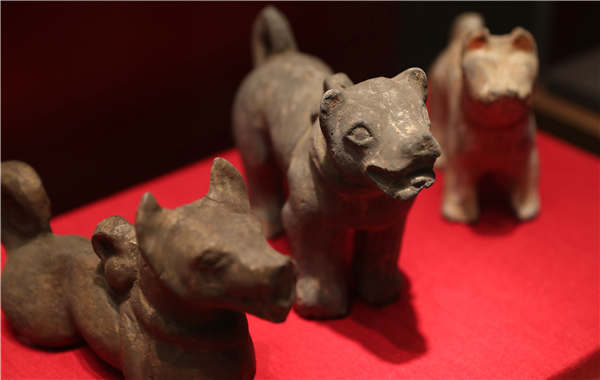
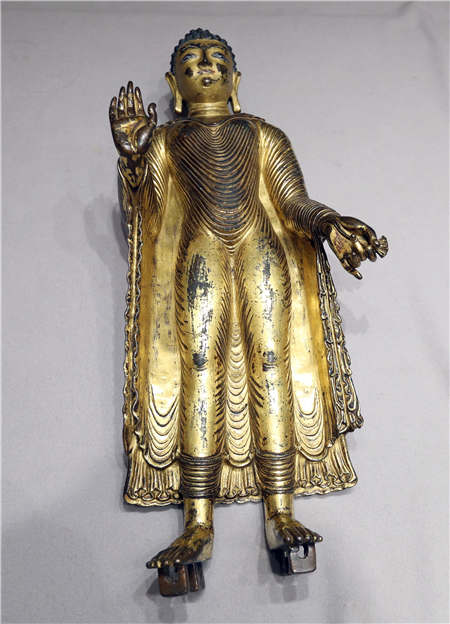
"They reflect the merits of dogs like loyalty and responsibility as well as their harmony with human life," says Tian Xinyou, curator of the exhibition.
"The exhibition is also designed to nurture people's consciousness to better protect animals."
Tongzhou, a district in eastern Beijing, will be the focus of a special exhibition from April to July.
The district was a significant hub of the Grand Canal, an ancient artery waterway linking Beijing and Hangzhou in Zhejiang province.
A major archaeological investigation in 2016 unveiled the ruins of an ancient city from the Han Dynasty in the district, and the latest findings will be presented at the exhibition.
The Capital Museum also attaches importance to bringing more exhibitions from overseas.
So, 102 Italian art pieces, costumes and daily items from the Renaissance will be brought to the museum in late March for a three-month display.
The exhibits were chosen from collections of 14 museums in Italy, and Han says most of them have never left that country before.
Another display to show 18th century urban life in Edo (today's Tokyo) is scheduled to open in August, showing collections borrowed from Edo-Tokyo Museum in Japan.
Some contemporaneous cultural relics from the Capital Museum's own collection will also be on display alongside Japanese exhibits at the same show.
If you go
9 am-5 pm daily, Mondays closed. Entry ticket is free of charge but online reservation is needed. Capital Museum, 16 Fuxingmenwai Avenue, Xicheng district, Beijing. 010-6339-3339.
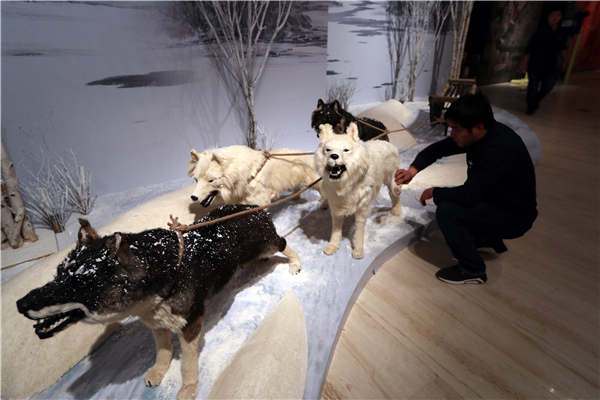
Category: English
News
Information
Key words:
